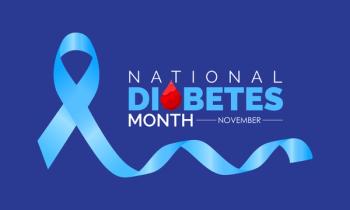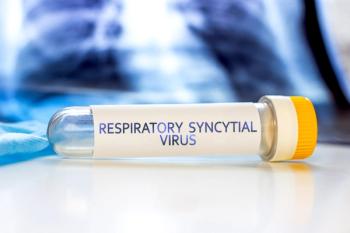
Near-Infrared Light Drug Delivery Method May Enhance Cancer Treatment
New method may offer safer alternative to target tumors and minimize awful side effects for cancer patients.
Researchers have found a safer alternative to target tumors and minimize awful side effects for cancer patients compared with current treatments.
A study published in the Journal of the American Chemical Society found newly developed nanoparticles that release a drug when exposed to near-infrared light (NIR), allowing for a more targeted approach that reduces harm to healthy cells.
Although much work has been put into the development of specialized and targeted treatments, it has proven to not be as effective as this newly discovered treatment method, according to researchers from the American Chemical Society.
A previous method used drug-carrying materials that are sensitive to ultraviolet (UV) light. When shining a light in the light spectrum, it allows the materials to release the therapeutic drug. However, the UV light can penetrate body tissues and become carcinogenic with constant and repeated exposure.
The NIR method proved to be a safer alternative because the light would only penetrate 1 to 2 centimeters of tissues. Unfortunately, the photosensitive drug would not have a reaction to the light.
In the current study, researchers were able to take nanoparticles and convert the NIR light into UV light, while coating them in a hydrogel shell with fluorescent protein that is UV sensitive. The nanoparticles would instantly convert NIR light to UV light upon exposure, which causes the hydrogel shell to release the protein.
Researchers state that with this on demand delivery process allows drug molecules to be supplied along with agents for imaging and diagnostics.
Newsletter
Stay informed on drug updates, treatment guidelines, and pharmacy practice trends—subscribe to Pharmacy Times for weekly clinical insights.


















































































































































































































